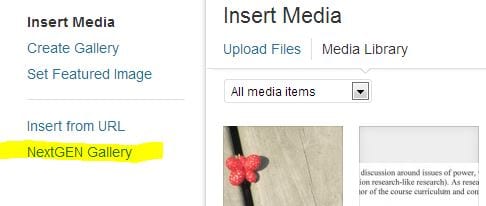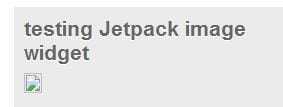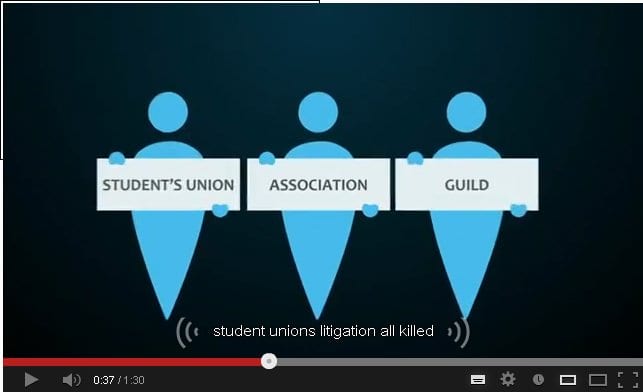Every year I revise my sessions on digital identity. There is always something new to say. Last week two students from Chester misjudged their choice of fancy dress. Without social media this one night in their lives might have gone unnoticed. Now potential employers putting their names into google will see information not included on any CV. The incident has gone viral. All around the world. While some media commentators blamed the DJ for awarding them first prize, thereby increasing the chances of publicity, others have been scathing about the young women themselves. It looks like poor judgement rather than any in depth intention to offend but the damage is done.
Erving Goffman’s 1959 book The Presentation of Self in Everyday Life was one of the first to suggest social identity is a performance. Like actors on stage, we wear costumes, have fixed props and adopt roles. Through these roles we present ourselves as having a specific persona which in turn is recognised by others. From here it is a small step towards attribution and stereotyping whereby assumptions are made based on appearance.
Goffman was writing long before personal computers and the internet but I find his work useful for considering the presentation of self online. Digital identity is something we don’t take seriously enough. In an increasingly digital society, turning to the internet is one of the first steps taken to find out more about other people. What turns up can be a surprise. I advise students to google themselves. It isn’t being egocentric or narcissistic. It’s a 21st century necessity!
Problems are caused less by the information we put out there and more by what other people do with it. I take in horror stories from the Daily Mail. Not because I’m a DM fan but because it show students the reality of personal information going viral. The accidental email sent to all rather than one person, inappropriate comments forwarded on, a holiday photograph shared by a Facebook ‘friend’ or simply stupid behaviour which pokes fun at vulnerable people. Whether innocent or cruel, once online it’s permanent. Our digital footprints are impossible to erase. Dressing up as the twin towers might not have been the best career move but will always be a useful reminder of the perils of presenting the digital self online.







